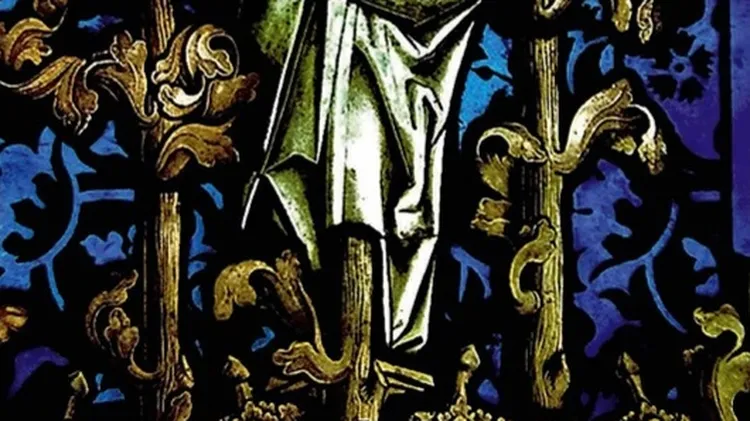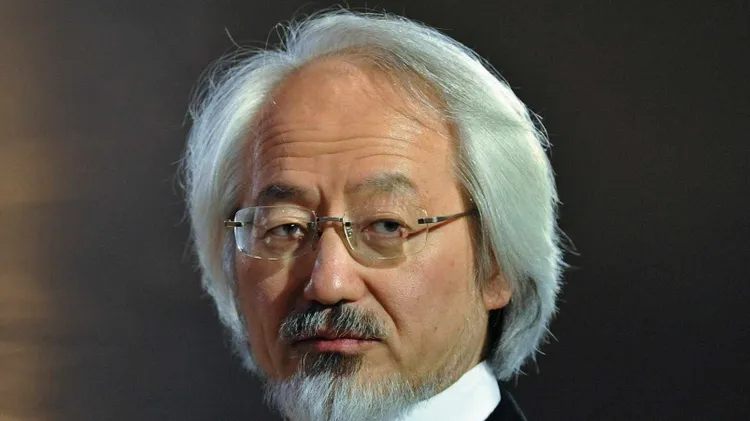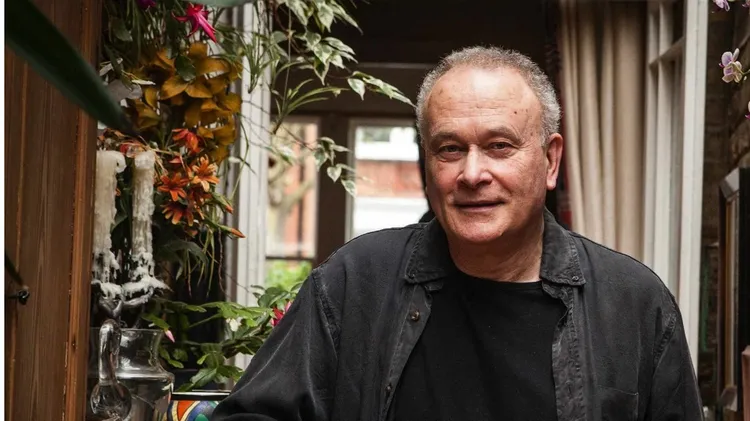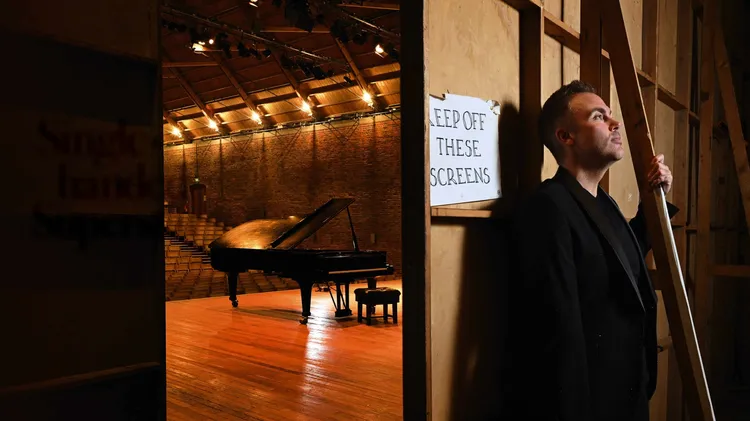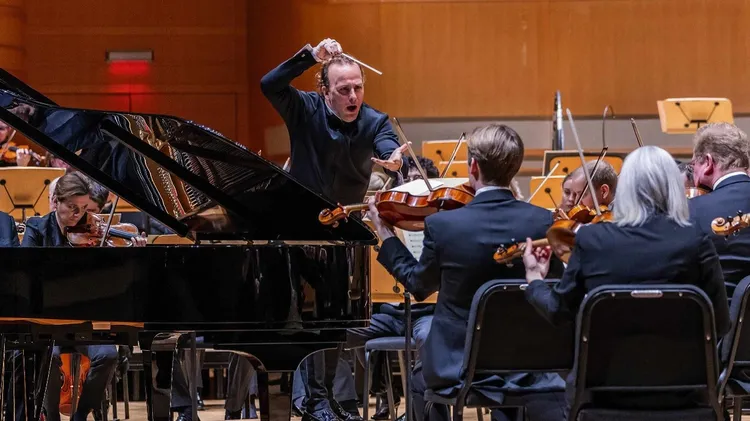FRANCESCO PIEMONTESI (piano) A former BBC Radio 3 New Generation
Artist biographies
3 min read
This article is from...
Read this article and 8000+ more magazines and newspapers on Readly

